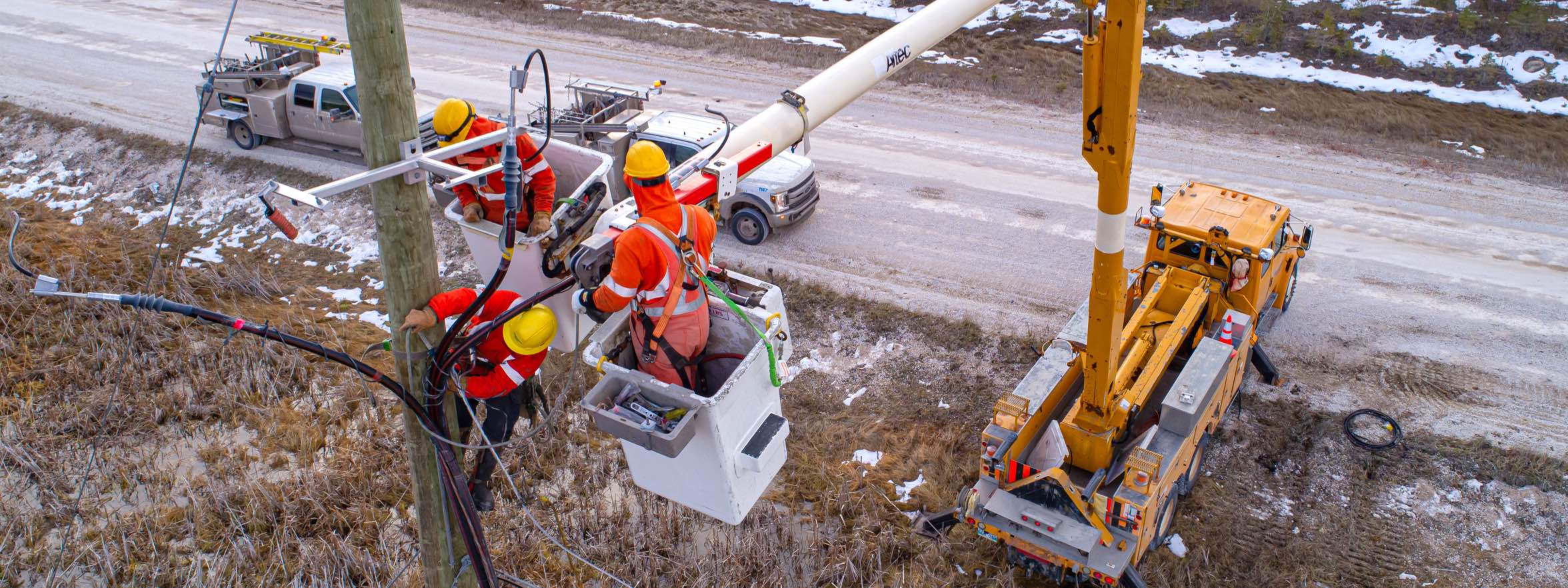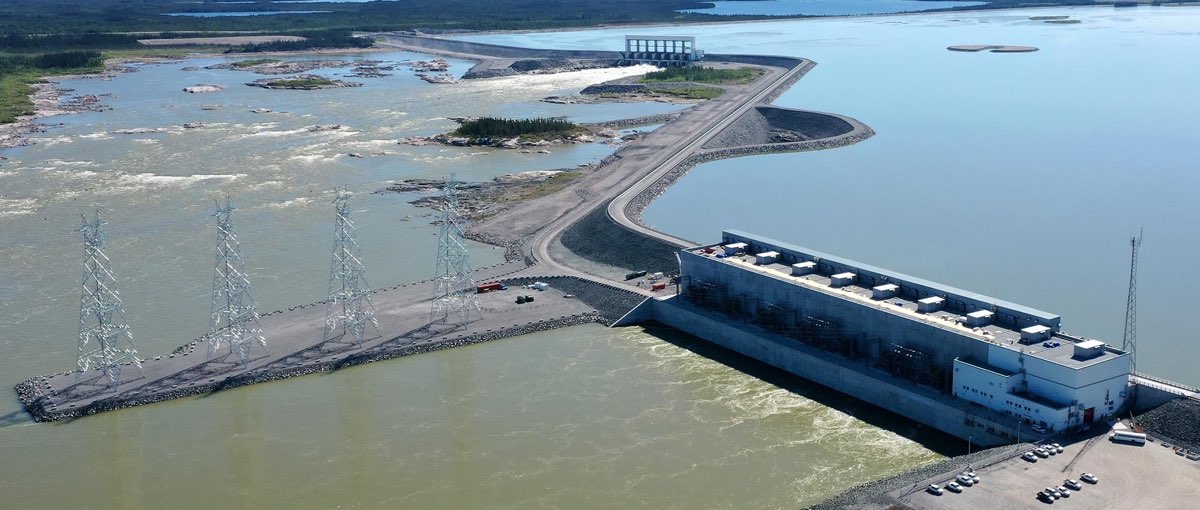One year later: what Manitoba Hydro learned from the October 2019 storm

In October 2019, Manitoba was hit by one of the worst early-winter storms in its’ history.
Starting October 10—the beginning of Canada’s Thanksgiving long weekend—more than one foot of heavy, wet snow fell over two days in Winnipeg, the province’s capital city. In rural areas, drifting snow blocked all road travel.
“We’re used to winter blizzards on the Canadian Prairies, but not in early October,” said Shane Mailey.
Manitoba Hydro’s Vice-President of Operations. “The damage the storm caused to our energy grid was severe. Wet snow clung to leaves still on the trees and thousands of trees in Winnipeg broke under the weight, taking out power lines throughout the city.”
“Outside Winnipeg to the west and north, snow and fierce winds brought down approximately 620 miles of wood pole distribution lines, snapping approximately 4,000 poles. More than 300 steel transmission towers also were damaged,” he said.
Mailey said within minutes, Manitoba Hydro found itself dealing with an unprecedented number of outages in Winnipeg and rural areas. More than 160,000 customers lost power during the storm, some of them more than once. For perspective, our total electric customer base is 593,490.
“The sheer scale of the storm damage was unparalleled,” he said. “A limited provincial state of emergency was called on October 12 and for the first time, Manitoba Hydro invoked our mutual assistance agreement with neighboring electric companies: Minnesota Power, Hydro One of Ontario and SaskPower of Saskatchewan.” (The state of emergency ended on October 25, when power was restored to all customers.)
Mailey said even before the last customer was restored, the provincial utility began a review of its performance.
“A severe weather event liked we experienced can have widespread consequences to our system and to our customers, and that we need to be ready to respond quickly and in a coordinated way to continue to provide safe, reliable energy when it’s needed most,” he said. “And through our experience, if we can share what we learned and help other utilities facing a similar event, that serves the greater good.
“Our after-action report and improvement plan, completed early in 2020, found we did many things right. But in events like this, patting yourself on the back won’t necessarily help you in another major emergency. Through our ongoing emergency planning and the dedication of our employees, our goal is to continually strive to serve our customers better.”
Because of the scope of the damage to Manitoba’s grid, Mailey said one of the key lessons learned was that was a slight delay in getting the right contractors and other suppliers to provide services and materials quickly.
“We’re reviewing our service agreements to see if any additions or revisions need to be put in place, he said. “This will make goods and services more readily available in the event of a future emergency.”
On that theme, Mailey said the huge amount of key materials, such as wood poles, needed for the massive storm response were in short supply.
“One of the lessons we learned was that inventory levels of key materials should be reviewed regularly—and tracked,” he said. “Senior leaders also must decide on the optimum level of materials to have on hand versus what can be sourced quickly. We also found having experienced material coordinators at the table of the emergency operations center improved our coordination in getting the right materials delivered to the field, which is critical in an event such as this.
“We’re also looking more closely at our transmission and distribution systems’ resilience, including design standards, in the context of changing weather patterns, and are asking why our system behaved as it did during the storm,” he said. “This includes studying potential changes to design standards to ensure more robust structures and more redundancy in our energy grid.”
Mailey added it’s vital to talk to customers and other stakeholders often and honestly during an emergency via social media, news media, and in person.
“We learned the importance of having up-to-date and easily accessible lists of local government contacts, indigenous leaders, agricultural groups, major customers and provincial officials in different departments across the province. While we had most of that in place, ensuring that the right people within the company could access that information as required is an absolute must. We improved a number of our systems in that regard,” Mailey said.
“Finally, simple, ongoing communication with customers is also critical for managing their expectations and ensuring they have the information they need to make informed decisions,” he said. “It also lets them know that you know the hardships they are facing. We found it built a better relationship between us and our customers.”
As the storm restoration was the first time Manitoba Hydro called on its mutual assistance partners, Mailey said the goal now is to get to know them better when things are quiet.
“The invaluable help of our mutual assistance partners allowed us to respond to last year’s winter storm effectively and efficiently,“ he said. “We’re considering conducting mutual assistance training exercises as part of our emergency preparedness and response planning so that we understand each other’s construction, equipment, and safety standards.”
